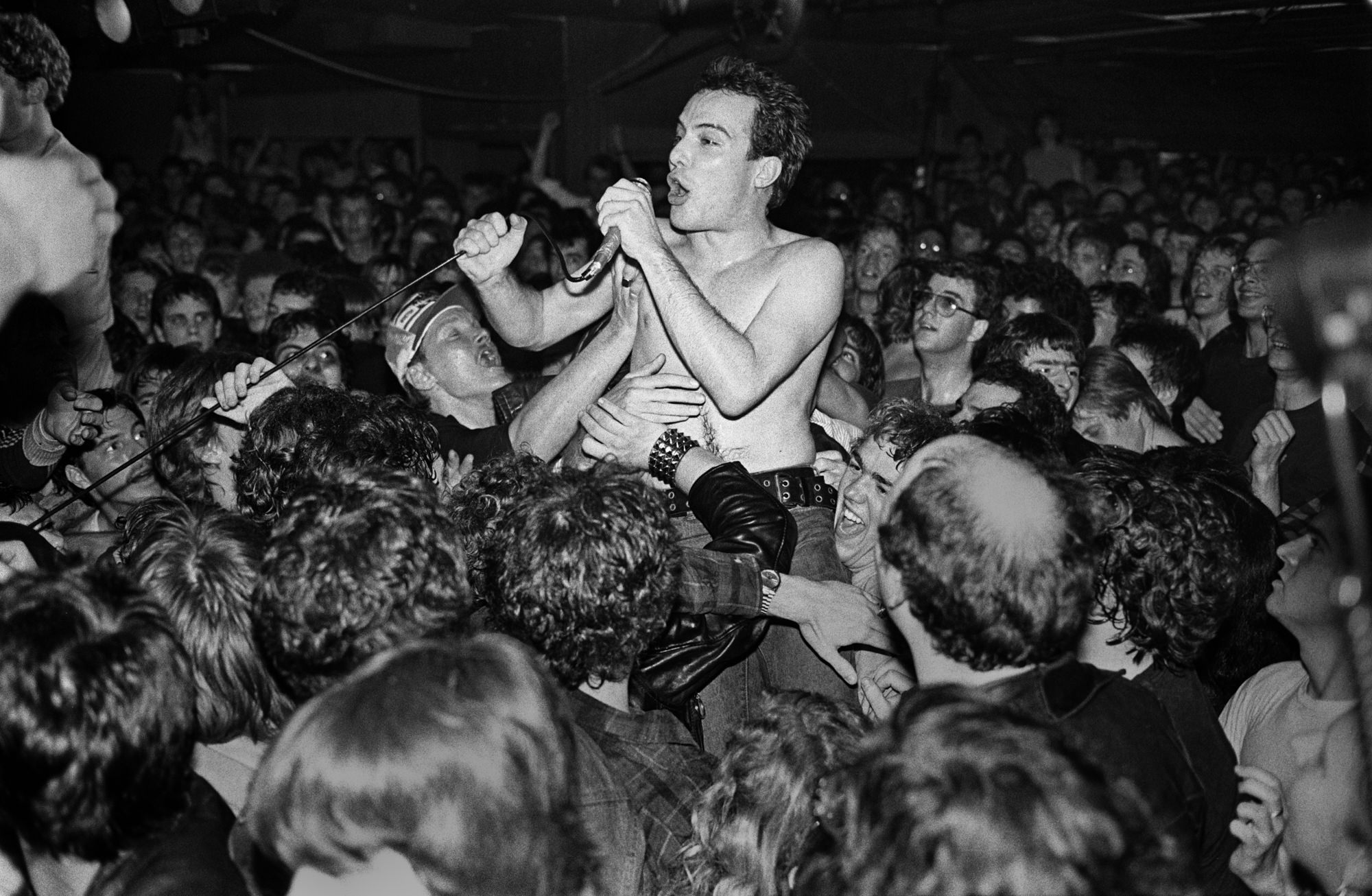“I was one of those alienated high school kids,” photographer Michael Grecco says. Michael grew up in an old-world Italian household in suburban New York during the 1970s. Neither jock nor prep, he was part of a small clique, which he describes as “the outcasts,” who loved art and jazz.
In the first half of that decade, music changed massively. Rock was refashioned as a corporate product, promoting a new genre known as AOR (“album oriented rock”) through new bands of like Journey, Boston, Kansas and Rush. “It was record company manufactured pablum,” Michael says of the transformation. “The music industry realised there was more money to be made in the 60s by selling records than all sports, movies, and theatre tickets combined, and they started creating bands. What we got out of this was crappy FM radio at a time when radio was the only thing that expose people to new music.”
It was around this time, while attending college in Boston, that Michael began going to the Rathskeller (known as The Rat), a live music venue that was the center of the city’s punk and hardcore scene. “The first time I walked into the Rat, I was with this incredible group of misfit outcasts, like my friend Oedipus, who had pink curly hair,” he says. “It was a society that was accepting of my nerdy, alienated self and it was authentic musically. It sucked me in.”
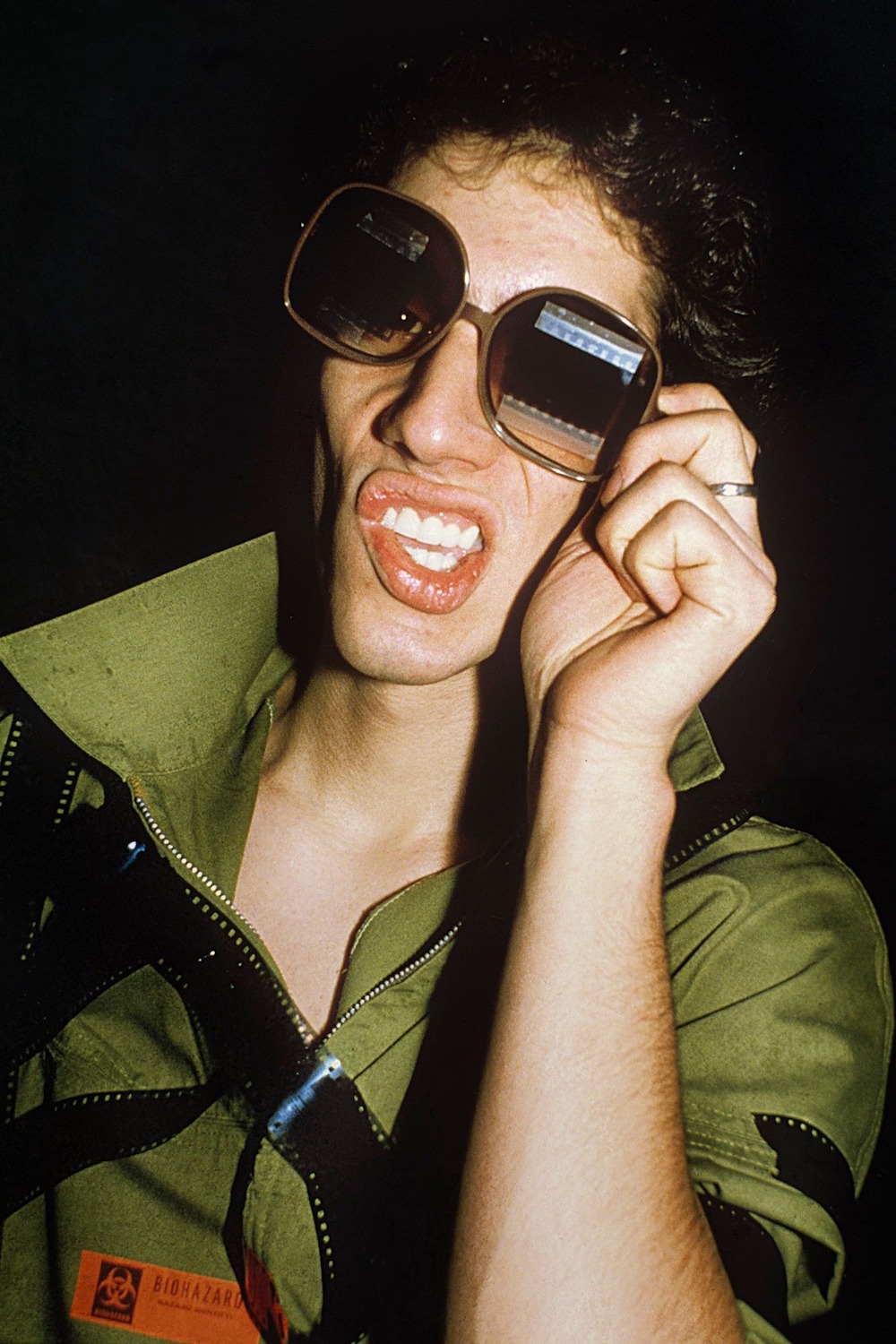
By 1978, he was working as a photographer for the Associated Press by day. “And at night, it was sex, drugs, and rock & roll,” says Michael, who was shooting punk after dark for the Boston Rock and the Boston Herald. As a working photojournalist, he was interested in using a picture to tell a story . “I wasn’t the guy that shot the album covers for the studios, that was a very slick process,” he says. “I was a journalist with an interest in portrait photography, so I would always make sure to do an impromptu session. But the reality is, almost everything I shot I was running gun.”
From 1978 to 1991, Michael chronicled the scene, amassing an archive of the era for the new exhibition, Days of Punk, now on view at MOAH: CEDAR in Lancaster, California. Selections for the show were taken from his 2020 book, Punk, Post Punk, New Wave: Onstage, Backstage, In Your Face, 1978-1991 (Abrams), which brings together over 160 photos of punk icons including Blondie, Television, The Cramps, Billy Idol, and Siouxsie and the Banshees.
Michael points to pictures of Lux Interiors, front man for The Cramps, on stage mid-performance, his pants falling off. “When I asked him to do a portrait backstage, he grabbed a hotdog bun and put his dick in it,” Michael remembers. “Or the portraits of Poison Ivy backstage, where she’s pulling her eyes. Those are pictures that had to be made, but they weren’t really concerned about the outcome.”
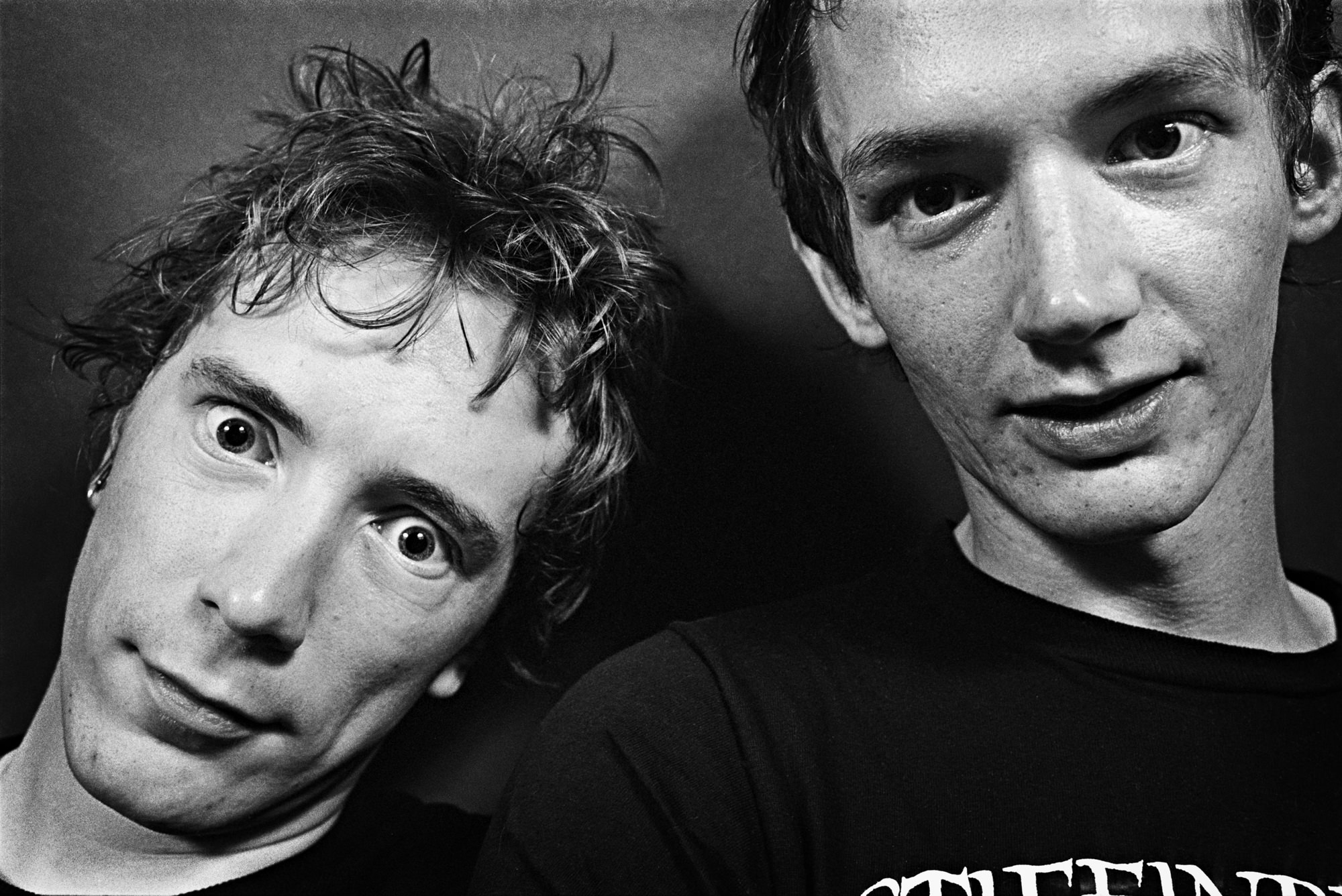
“The 70s was about rage against the record companies and radio stations, and it took college radio to bust open punk, New Wave, and post-punk. Oedipus had the first punk show back in 1975 on MIT’s WTBS before Ted Turner bought the call letters. At the time, they were a 50-watt radio station and Oedipus was getting a Nielsen rating because he was interviewing the Ramones, the Clash, and the Talking Heads. There were five DJs at the station doing interesting things, like picking songs, keeping them in rotation, and turning them into hits.”
Other college radio stations picked up what WTBS was laying down, and soon enough Boston’s scene was flourishing. “I was a kid, so I would have been there anyway, but being a shooter for Boston Rock gave me a purpose,” Michael says. “I didn’t feel like I was part of the machine to make them look good. I was more concerned with making a good picture.”
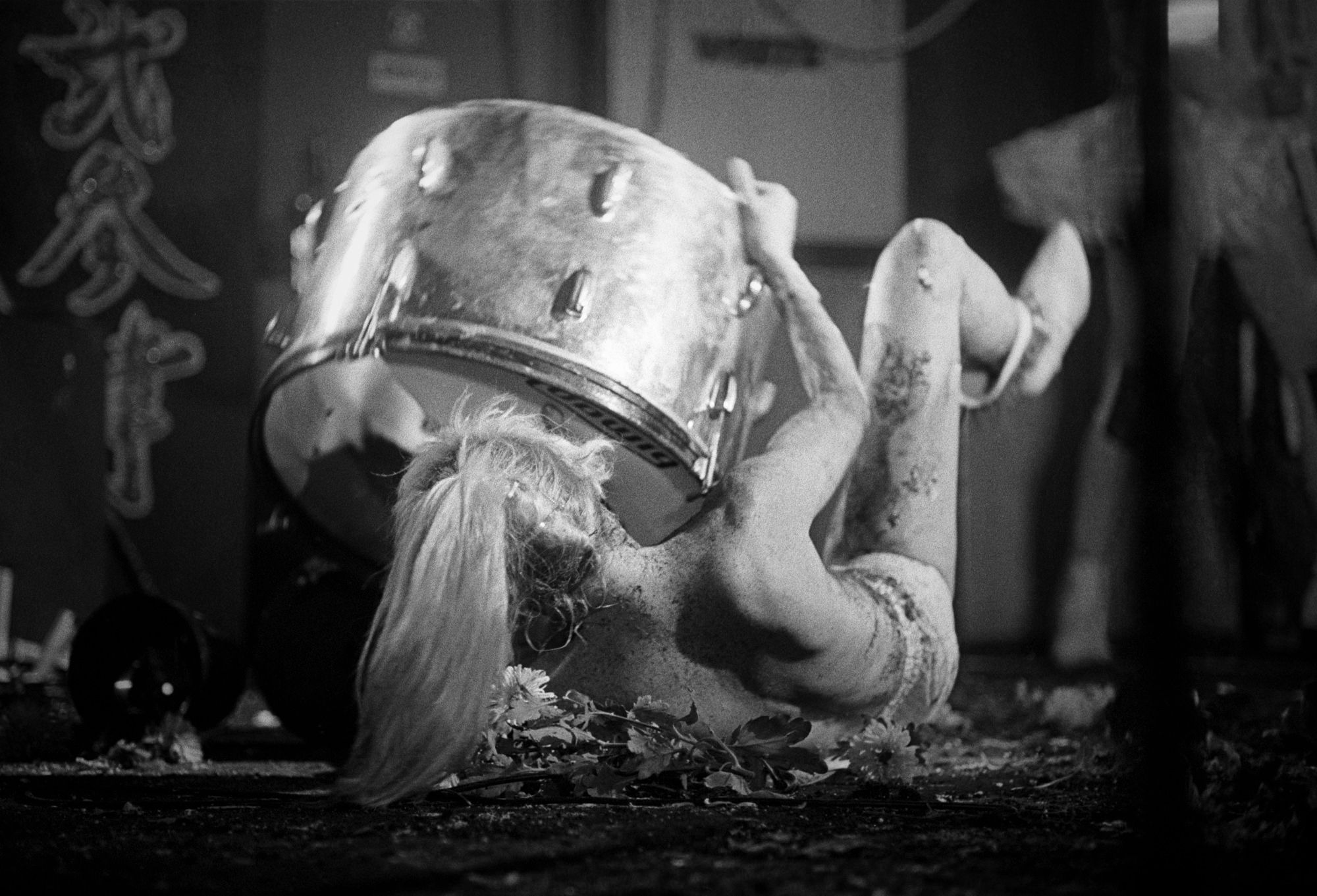
Driven by his love for the music, Michael looked for opportunity wherever it presented itself, whether that meant a couple of quick frames of the B-52s just as they exited the stage, or meeting Pete Shelley from Buzzcocks at the hotel for an intimate portrait with the band. Out of these encounters came close friendships with icons like Billy Idol.
Remembering the unfettered access he had to artists, Michael says, “This was a time of rawness. I shot Adam & the Ants at my house doing cocaine all night, listening to The Mekons. That doesn’t happen anymore. Everyone is guarded now and it wasn’t then. Punk is rebellion. And it was all a movement to say: hear me, hear me, hear me. I have something to say.”
‘Michael Grecco: Days of Punk’ is on view through 19 March 2023 at MOAH: CEDAR in Lancaster, California.
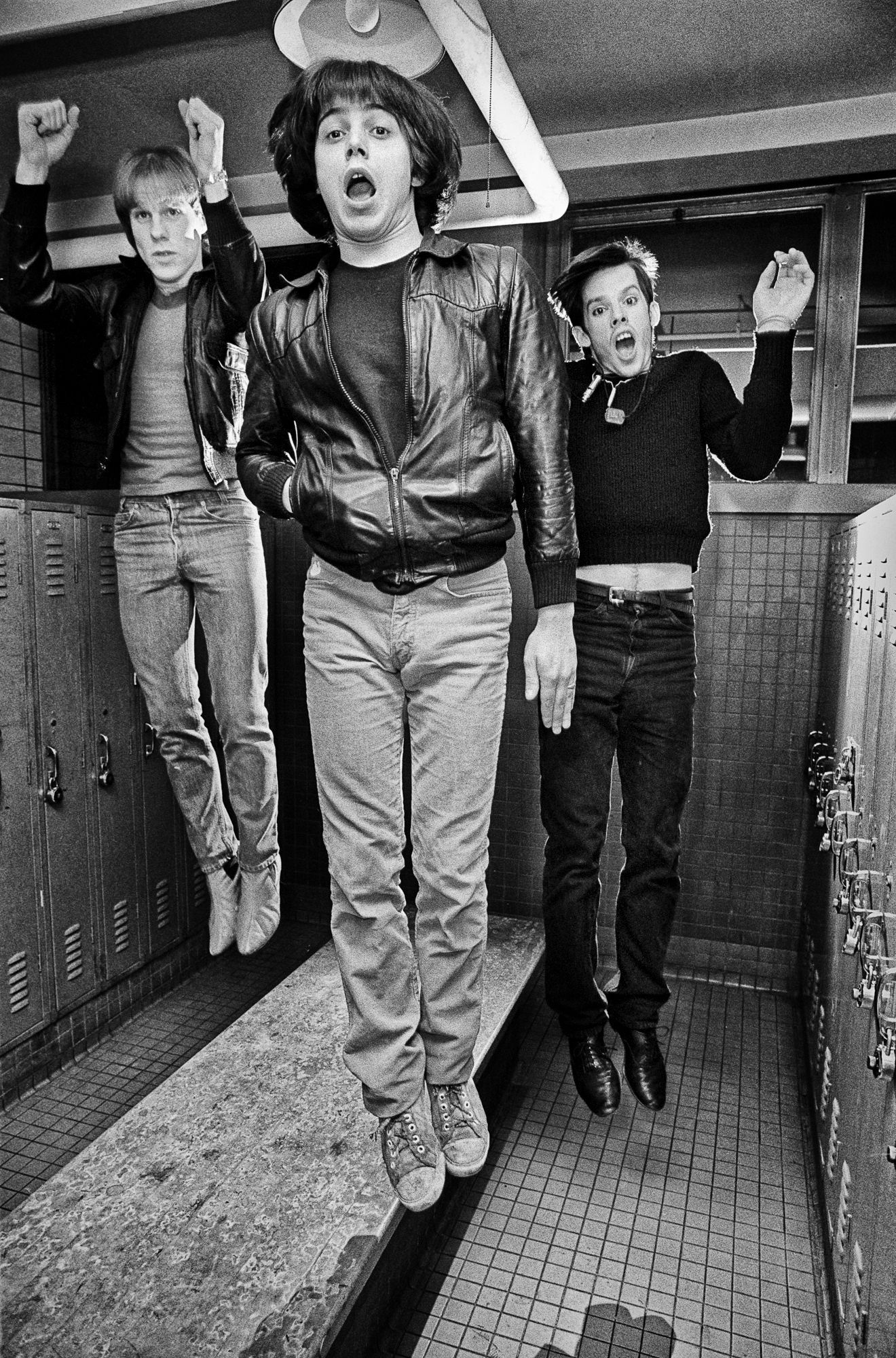
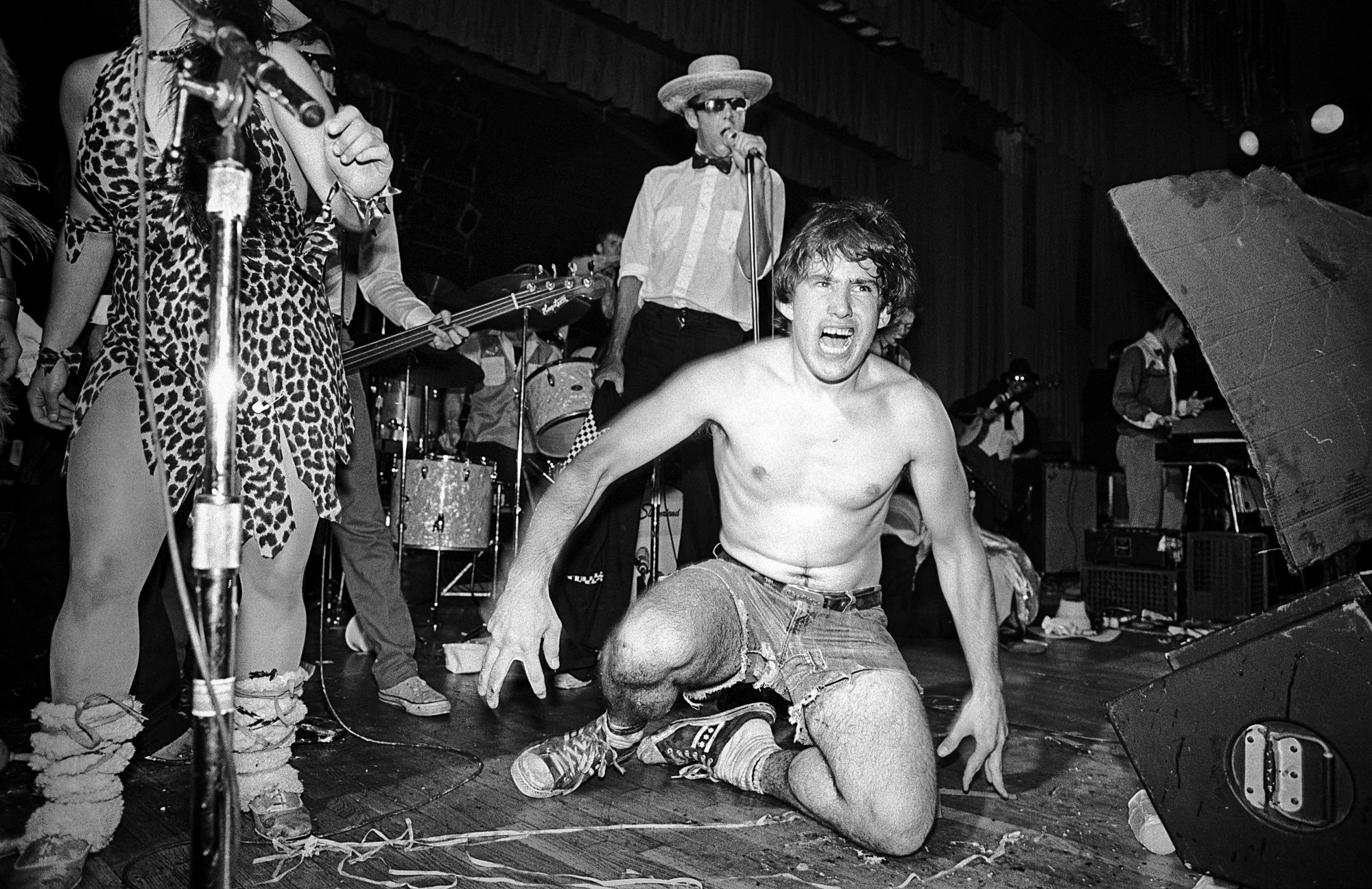

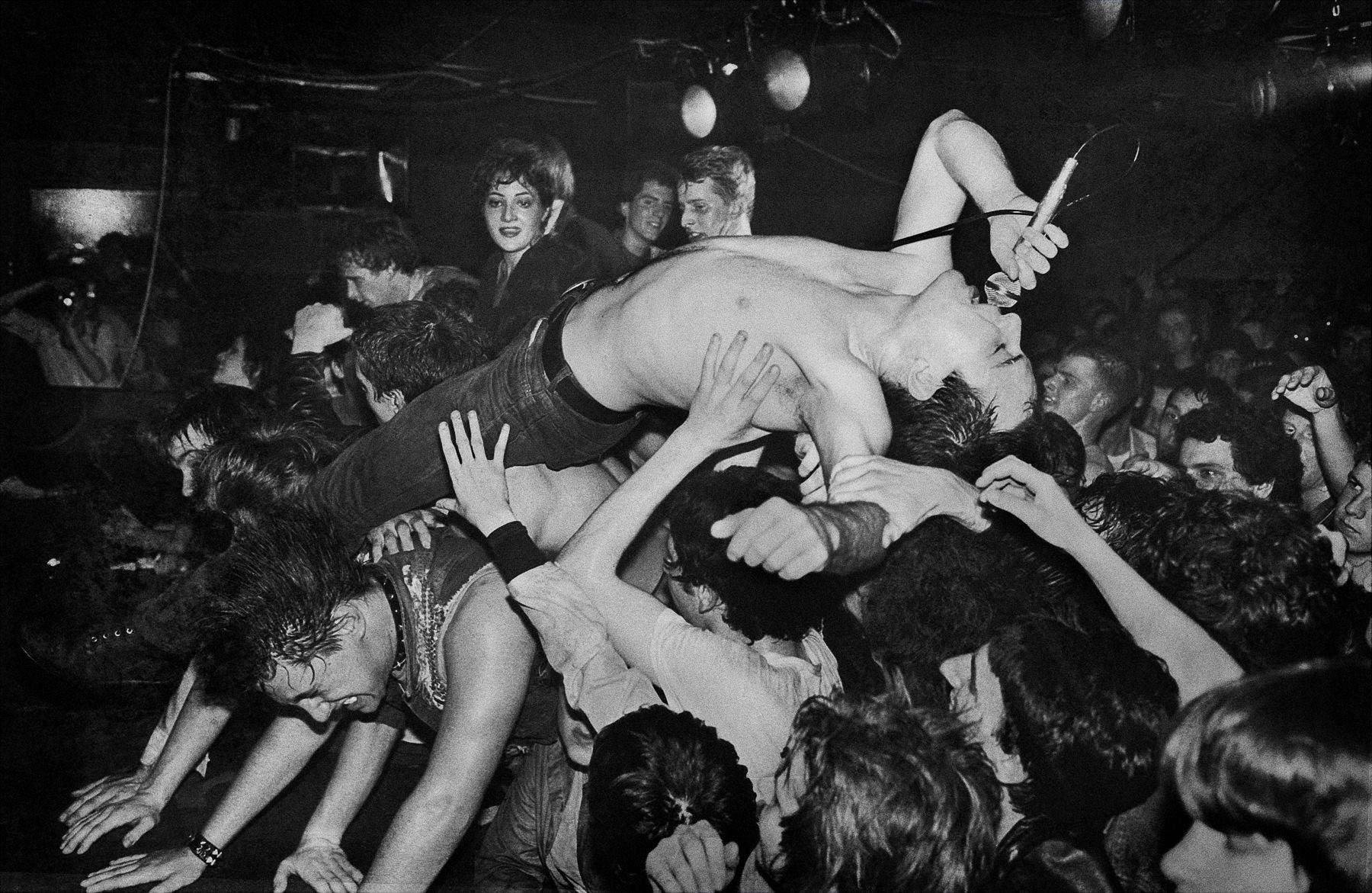


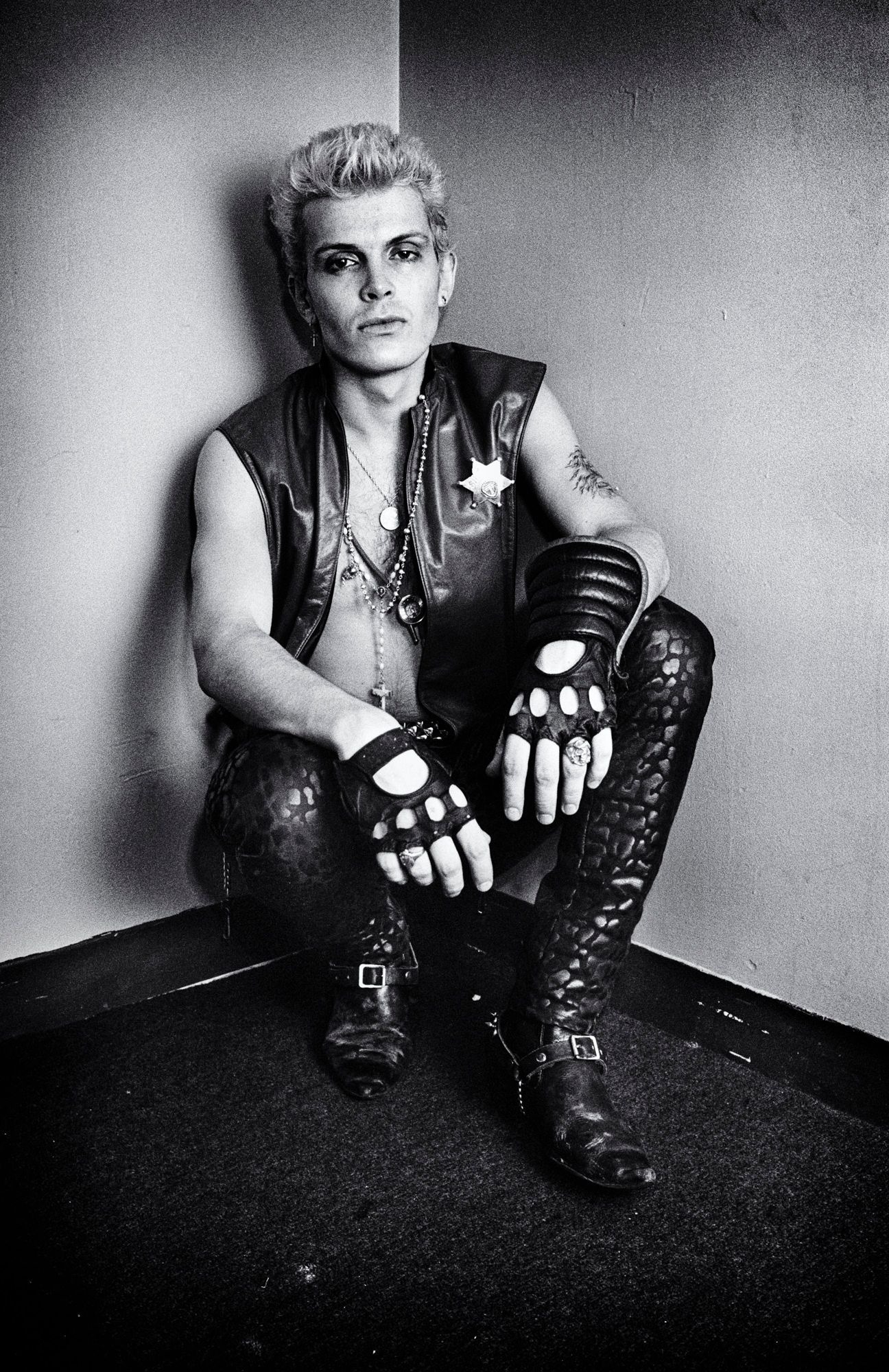
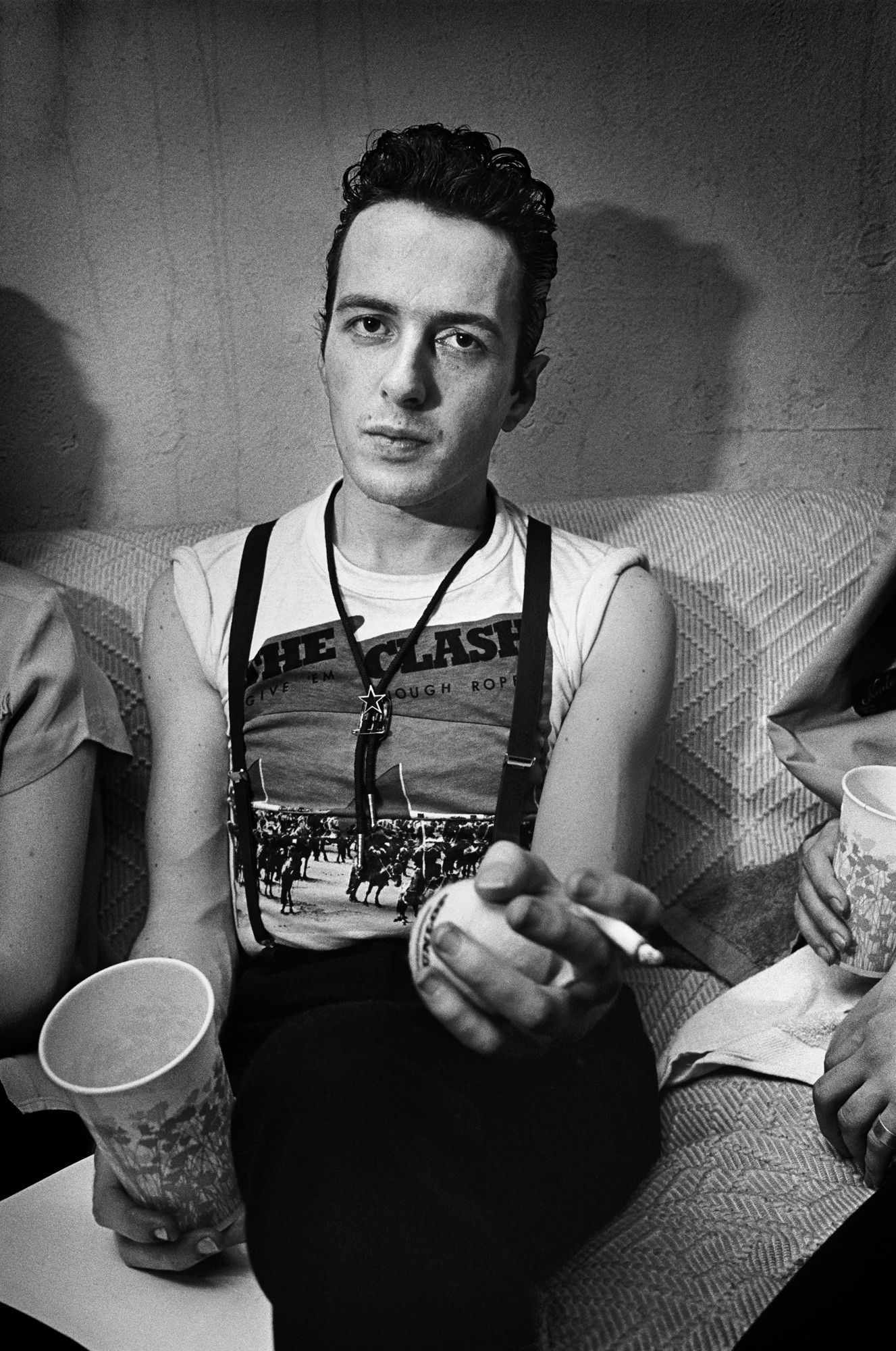
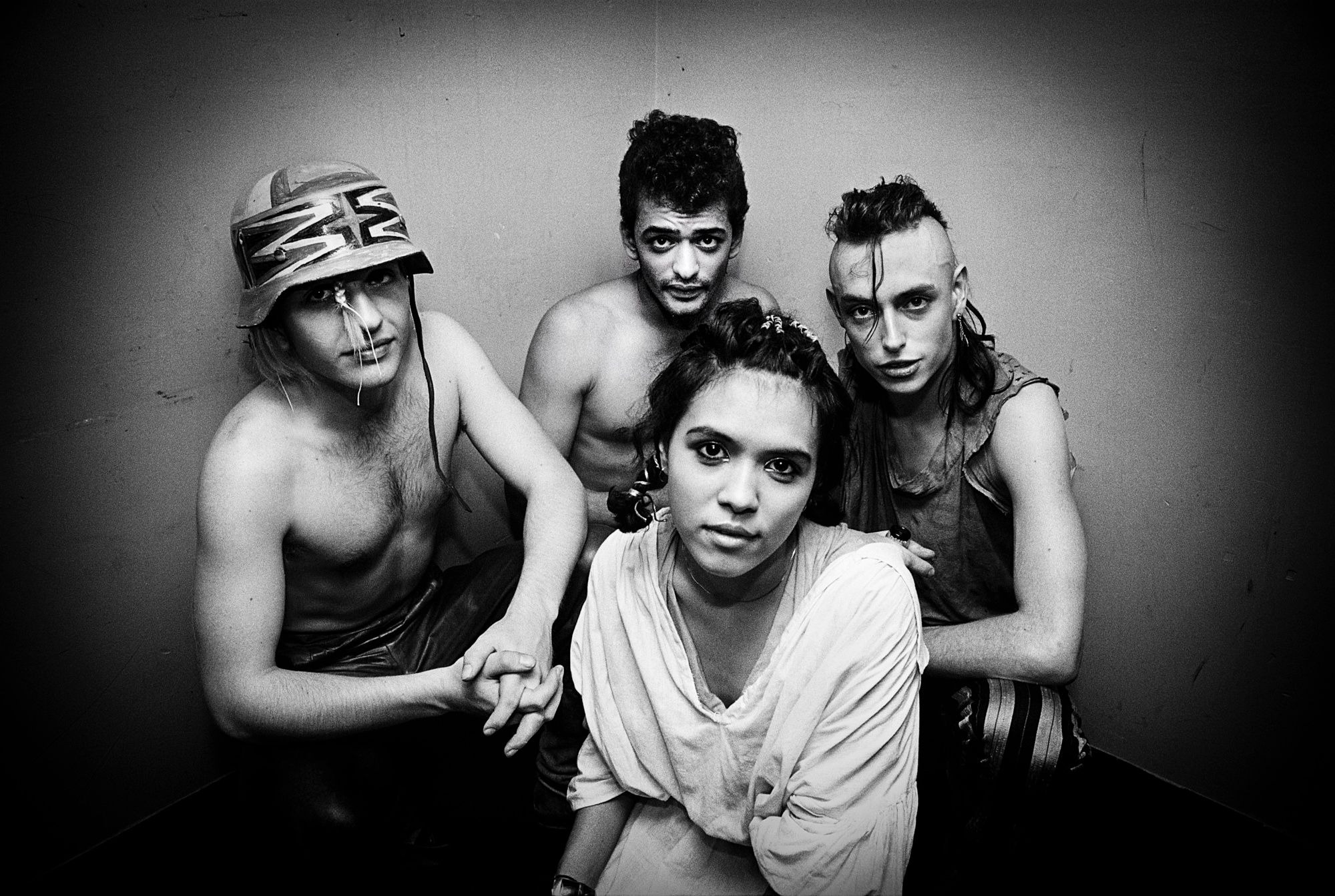
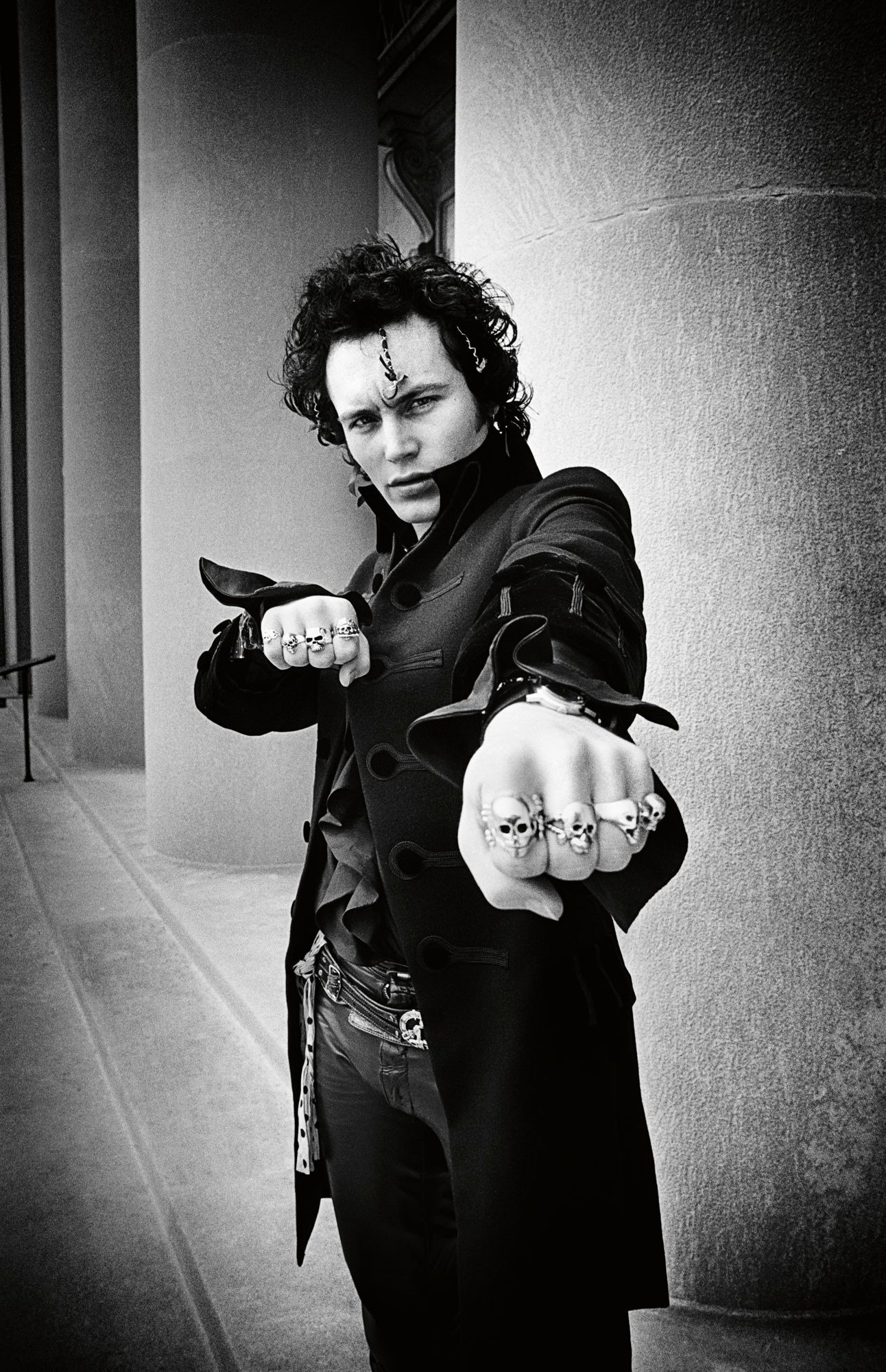


Credits
Photography courtesy of Michael Grecco
